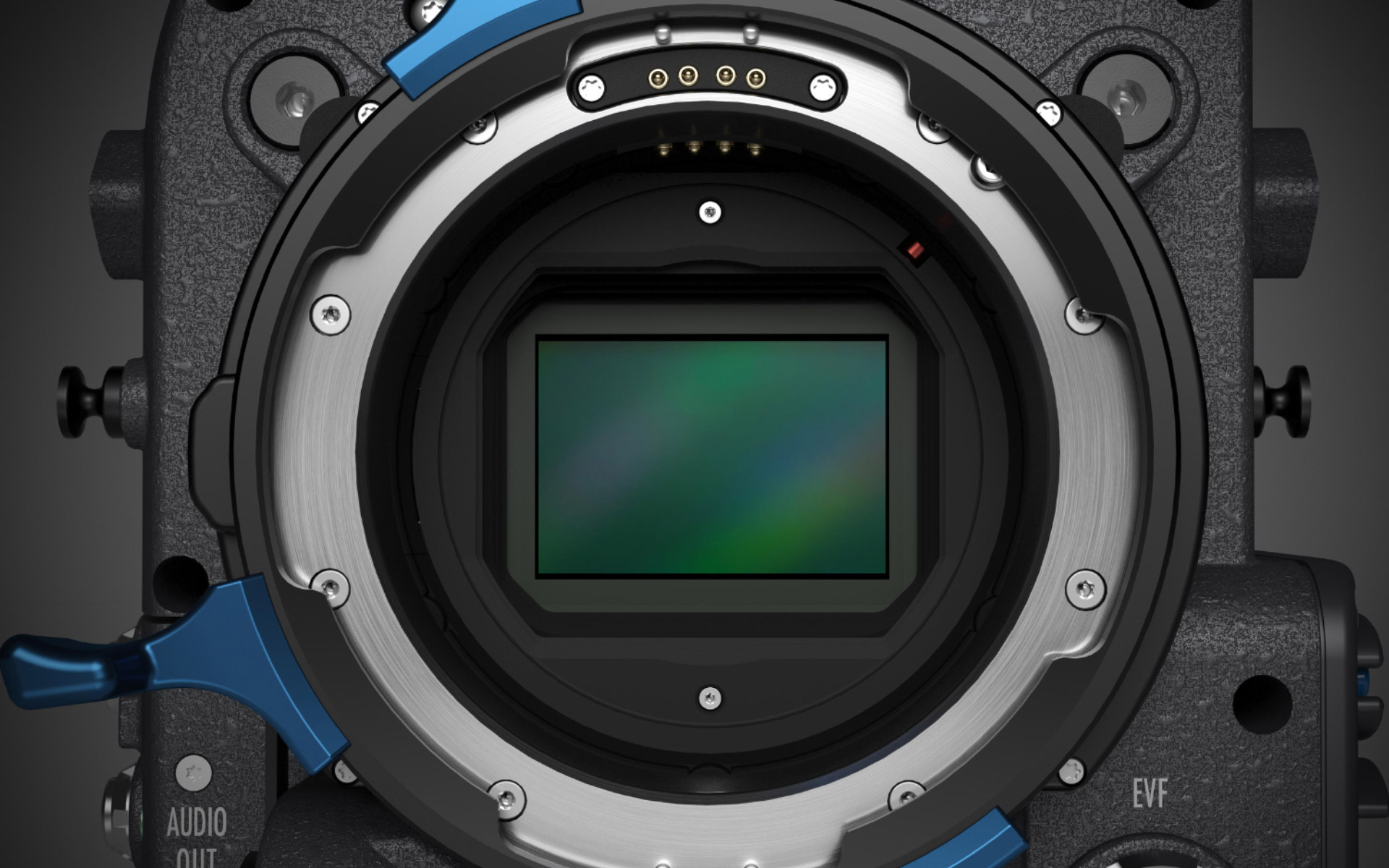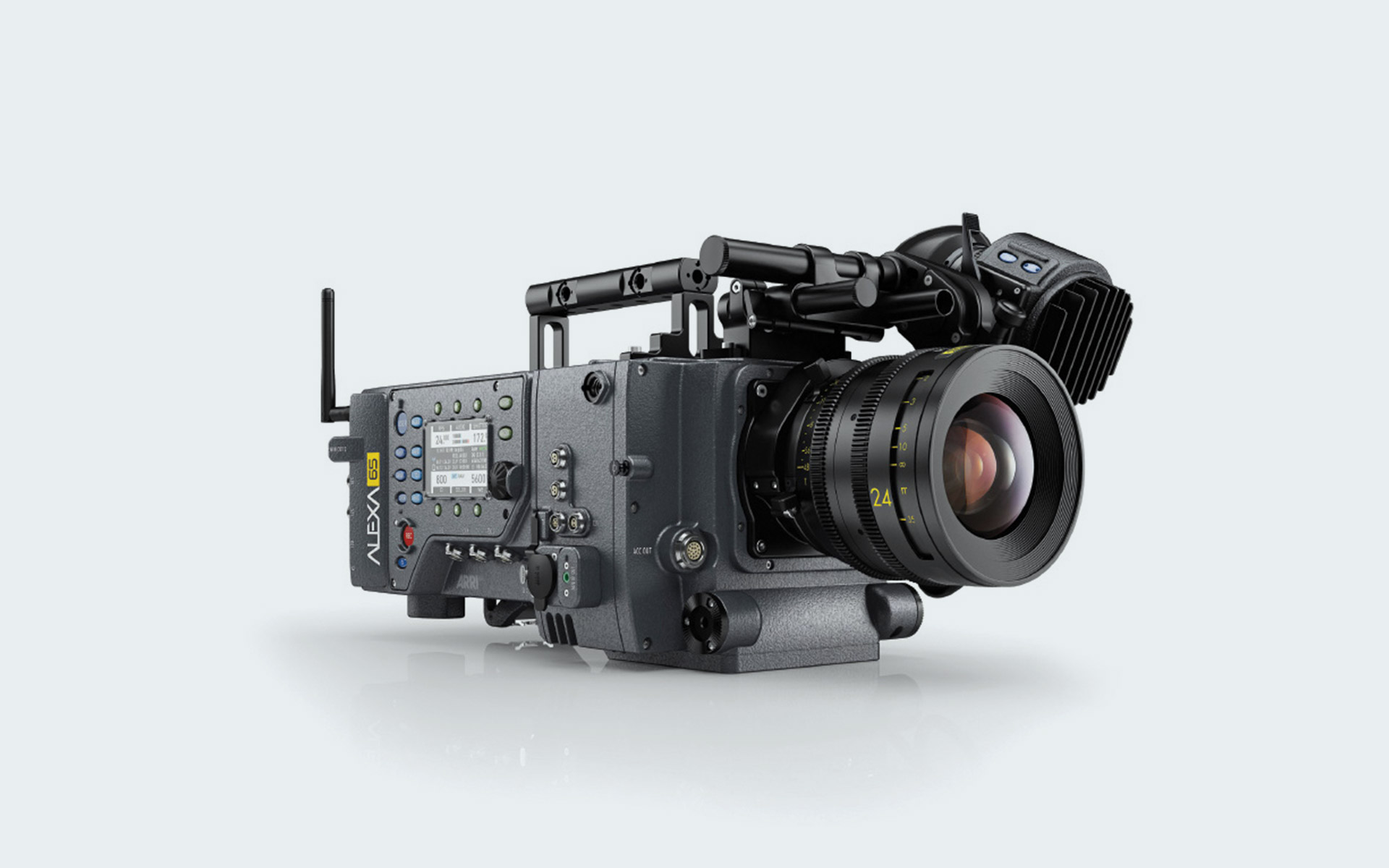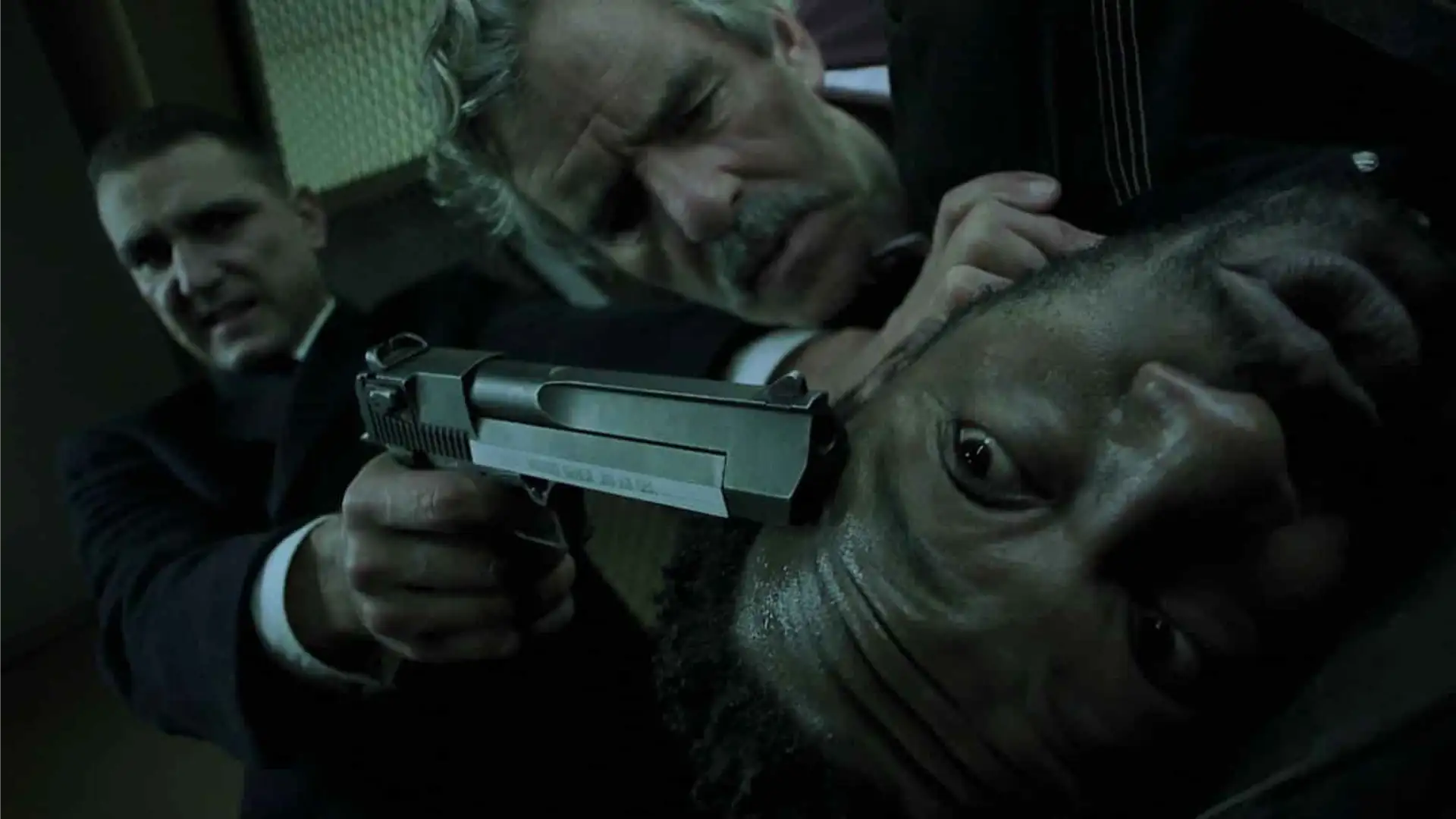As we humans see things differently, our invented cameras are following our footsteps and are trying to give us different views and see things in various ways. one of the elements that make this capability possible for a camera is its sensor crop factor. So today we want to know what is crop factor and how many forms it has.
What Is Camera Sensor Crop Factor?
The sensor crop factor is a term that addresses digital cameras and it refers to the ratio of the imaging area of a camera compared to a reference format which is the 35 mm full-frame camera. So the more your camera sensor has crop factor, the less will be captured in its frame in comparison to the 35 mm format. One of the use cases of the crop factor is when you want to compare the image quality and the field of view between two different cameras when using the same lens. For example, a lens with a 50 mm focal length on an imaging area with a crop factor of 1.6 with respect to the reference format (35 mm) will yield the same field of view that a lens with an 80 mm focal length will yield on the reference format. So if you want to use two cameras to have images with the same field of view and quality, you need to set the aperture and ISO regarding the crop factor.
What Are The Different Types Of Sensor Crop Factor?
Now that we know what crop factor tells you about a camera, let’s see what are the common ones that we see in outstanding cameras available in the market.
CX
CX is one of the smallest sensors in the market. It has a 2.7x crop factor which has a significant difference in size with a full-frame sensor. It was announced in 2011 and used on the Nikon 1 camera system. Other examples of cameras with 2.7x crop format are Sony RX100 III and RX 10, Nikon CX ones including J4, S2, AW1, V3, and Samsung NX Mini.
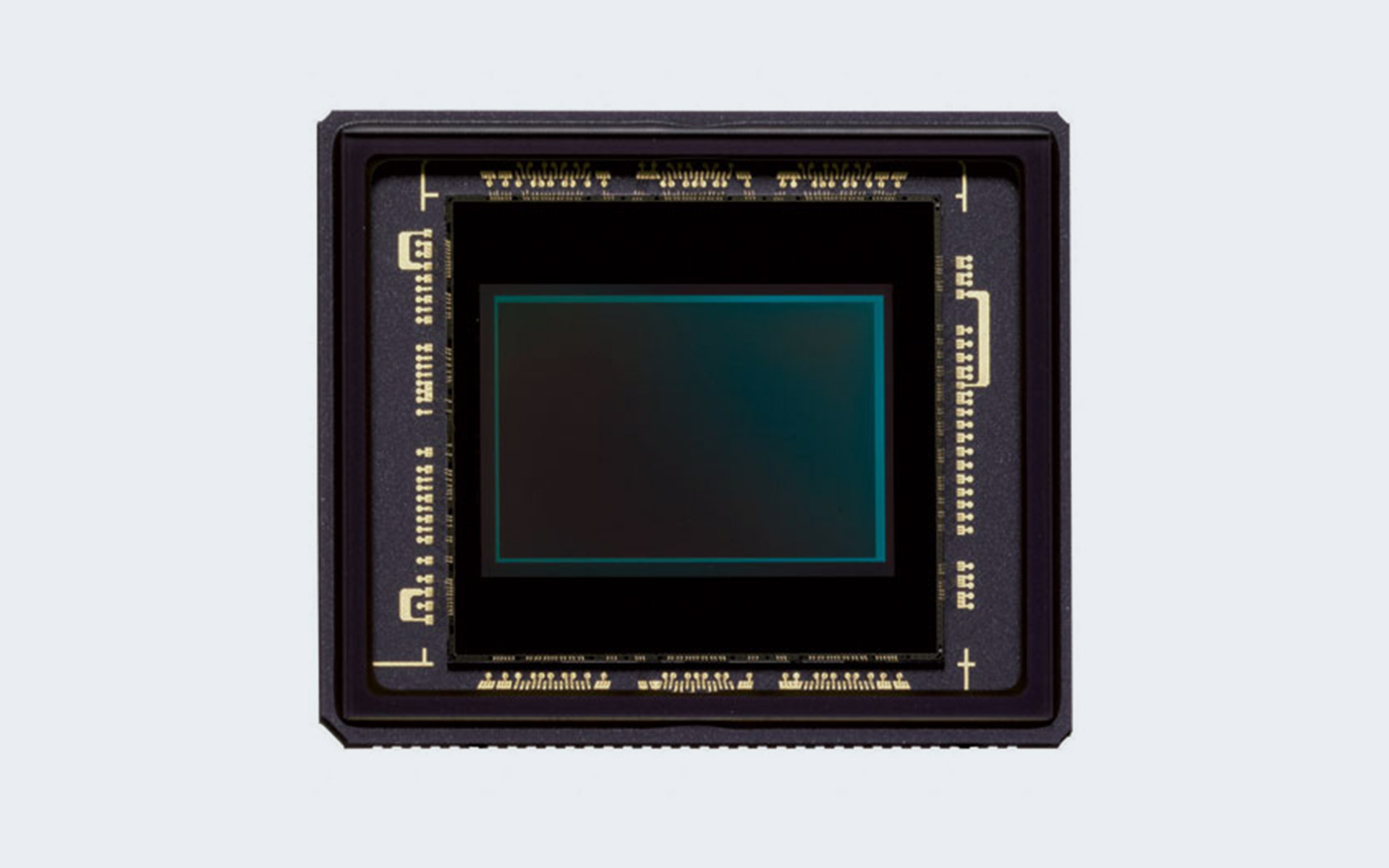
Micro Four-Thirds
Mirrorless interchangeable lens cameras’ system Micro Four Thirds, is about a quarter of the size of a full-frame sensor with a 2x crop factor. By having a small size it’s capable of retrieving large depth of fields and a focal length twice as long compared to full-frame. They are good for wildlife and travel photography and are used on cameras like the Olympus OM-D Series, and Panasonic DMC Series.
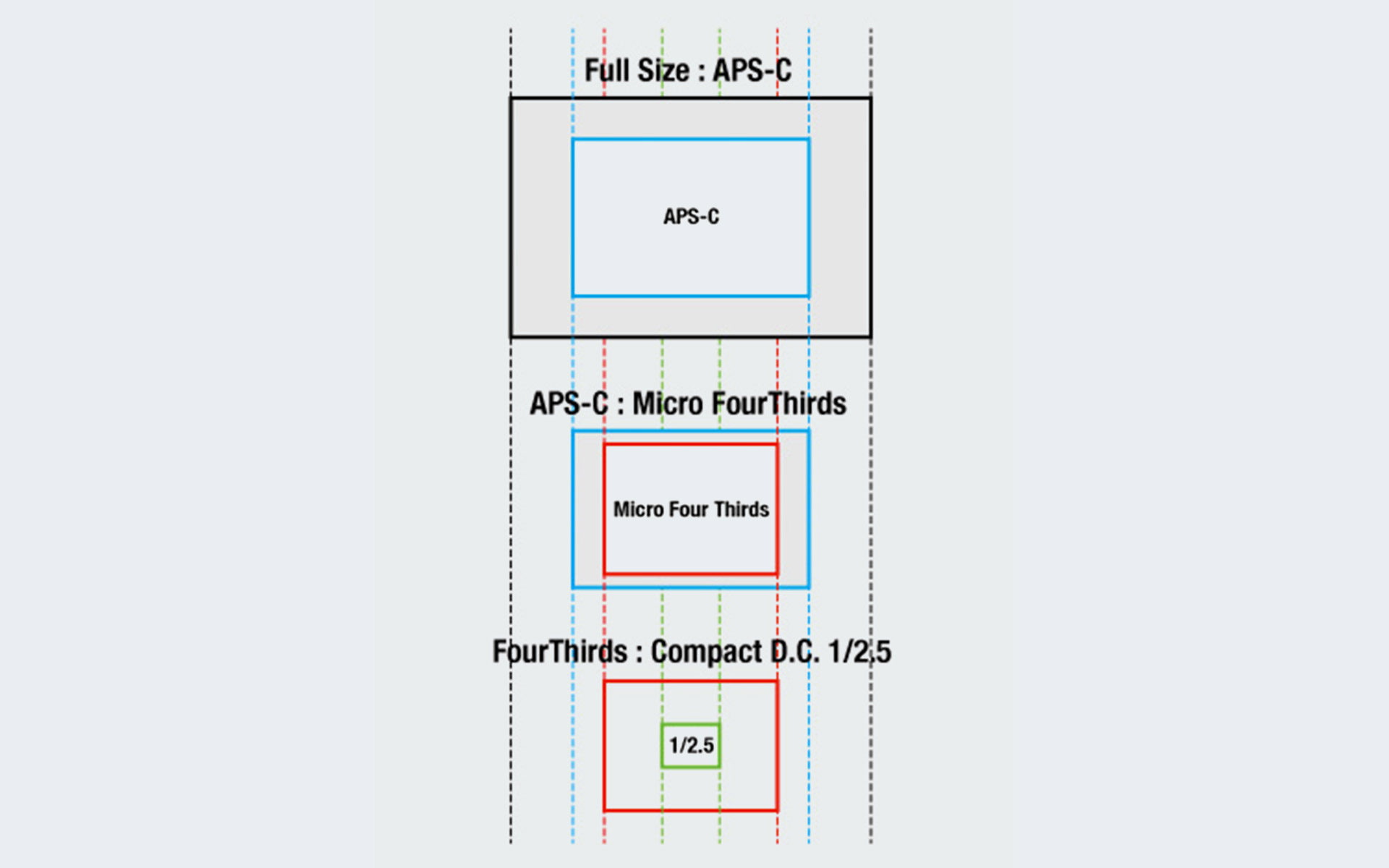
APS-C
It’s said that APS-C is a good option for you if you’re beginning your career in this industry. The common mid-range mirrorless format with 1.5x and 1.6x crop factor brings you ease as lenses designed for smaller sensors are lighter and less expensive than those designed for bigger, full-frame cameras. These lenses are considered useful for wildlife or sports photography as the camera crops out a smaller section from the center of the lens image and it’s actually helpful for such cases when using telephoto lenses. APS-C can be found in Canon APS-C, Nikon DX, and Sony Alpha cameras.
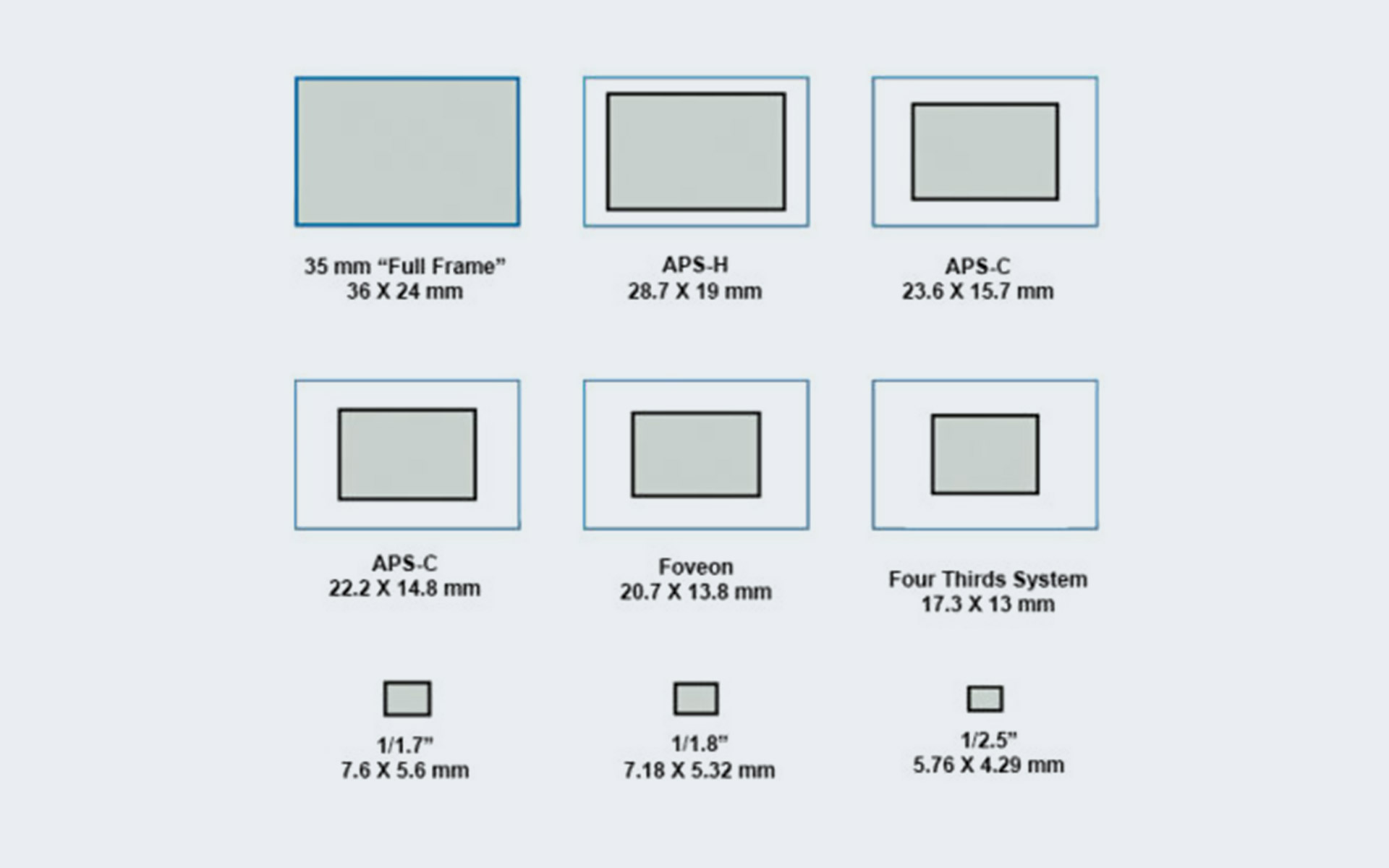
Full-Frame 35mm
Same as a 35mm film frame, full-frame lenses are the right lenses for professional use and also require a professional-level budget as it needs bigger, more expensive lenses. With a crop factor of 1X, it almost gives you all of the image with the least crop. There is a balance in full-frame lenses between the size of it and the number of pixels that make a relatively good high ISO performance. Nikon D800 and Sony FX9 are examples of cameras with full-frame lenses.
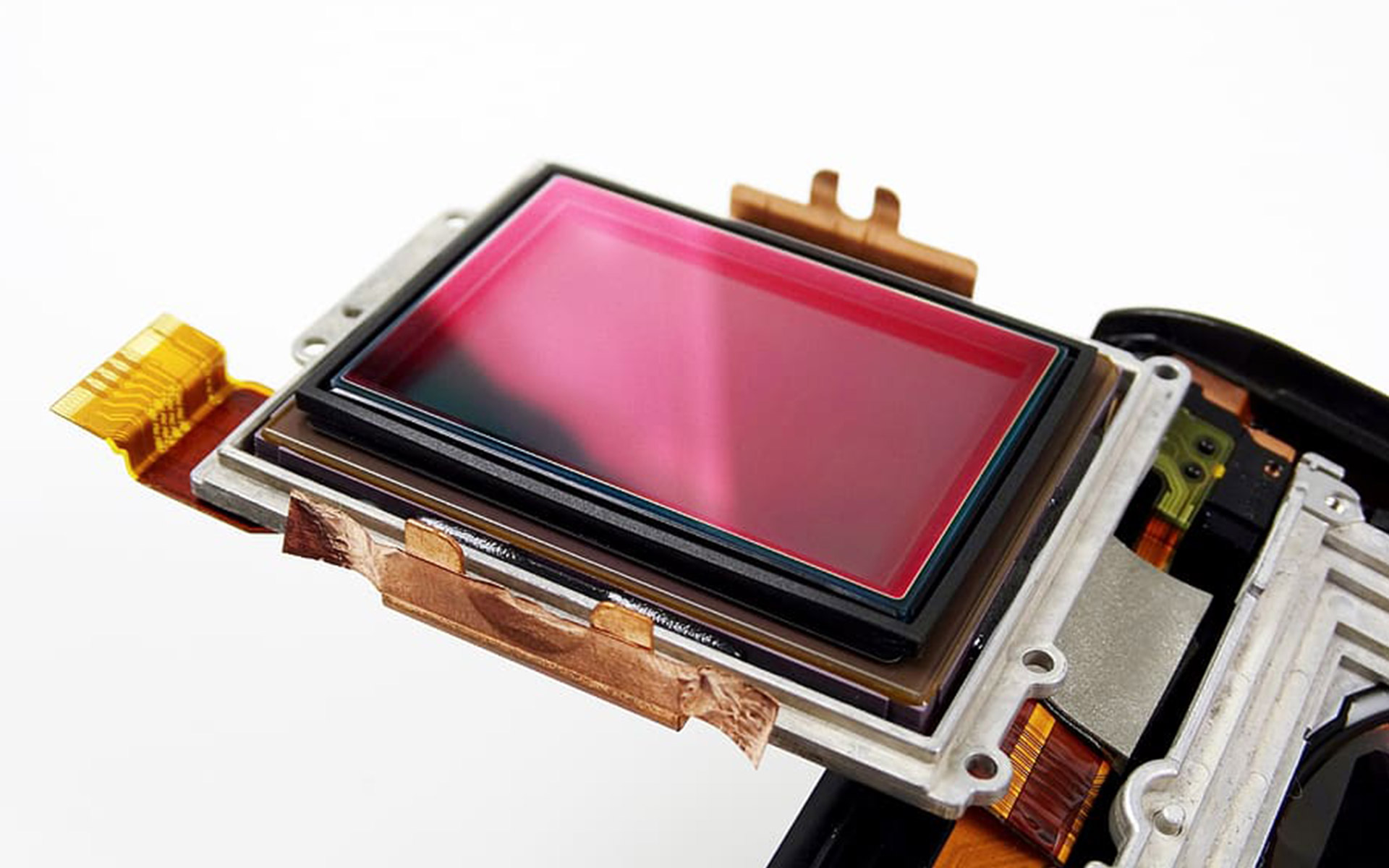
Medium Format
With sensors bigger than full-frame ones, medium format lenses cover even more of a scene for you. By having a crop factor of 0.7 (in most cases) it makes a huge resolution possible for different use cases but what’s common for cameras with medium format lenses is to be used in studio projects like shooting magazine covers and posters. These lens sensors can deliver a very well dynamic range and high ISO which has been developed in recent years. Such cameras are perfect for indoor pictures without flash but too slow for wildlife or sports, and it’s too big for most people to carry around. A good example of such cameras is the 60 megapixel Hasselblad H4D-60.
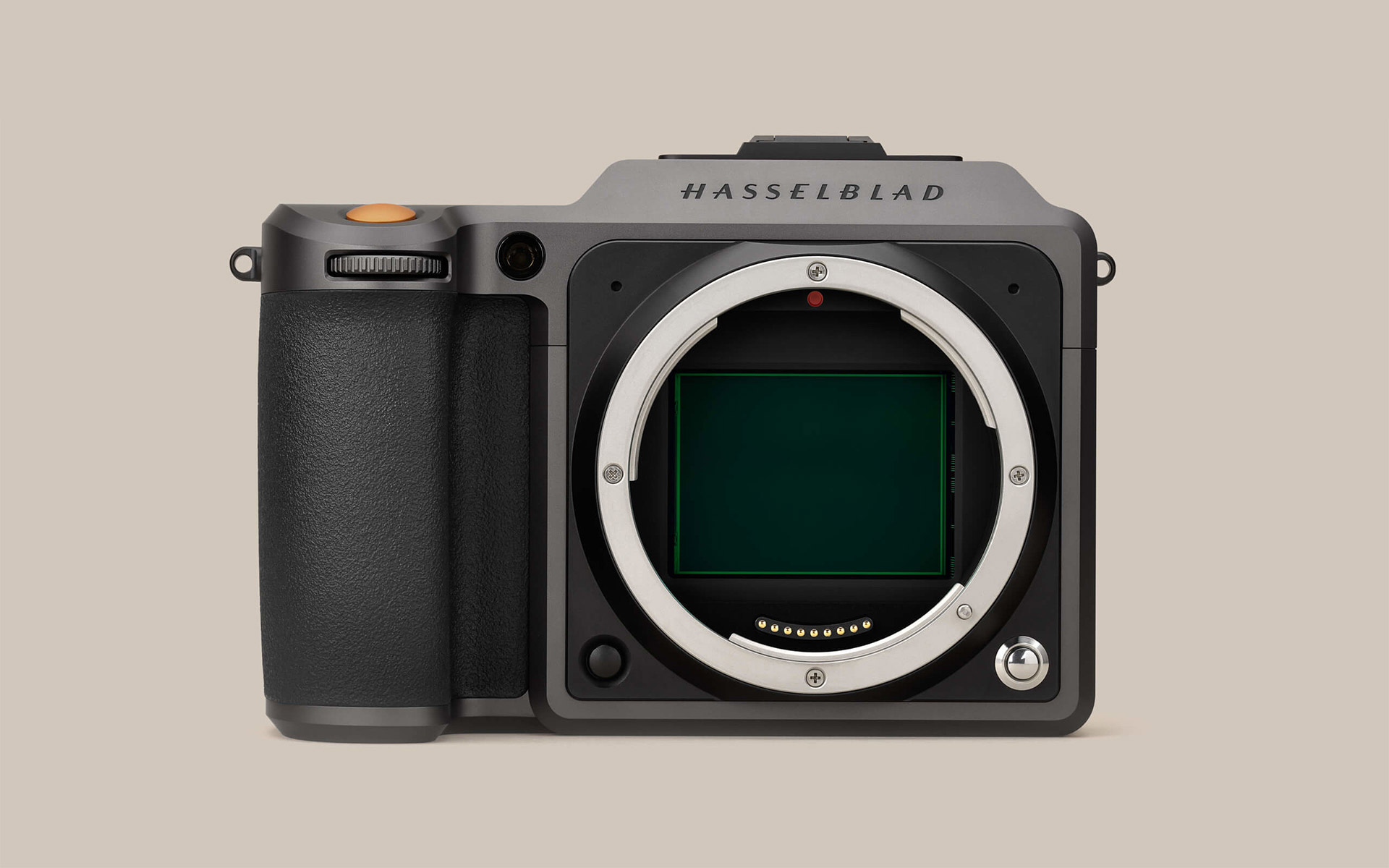
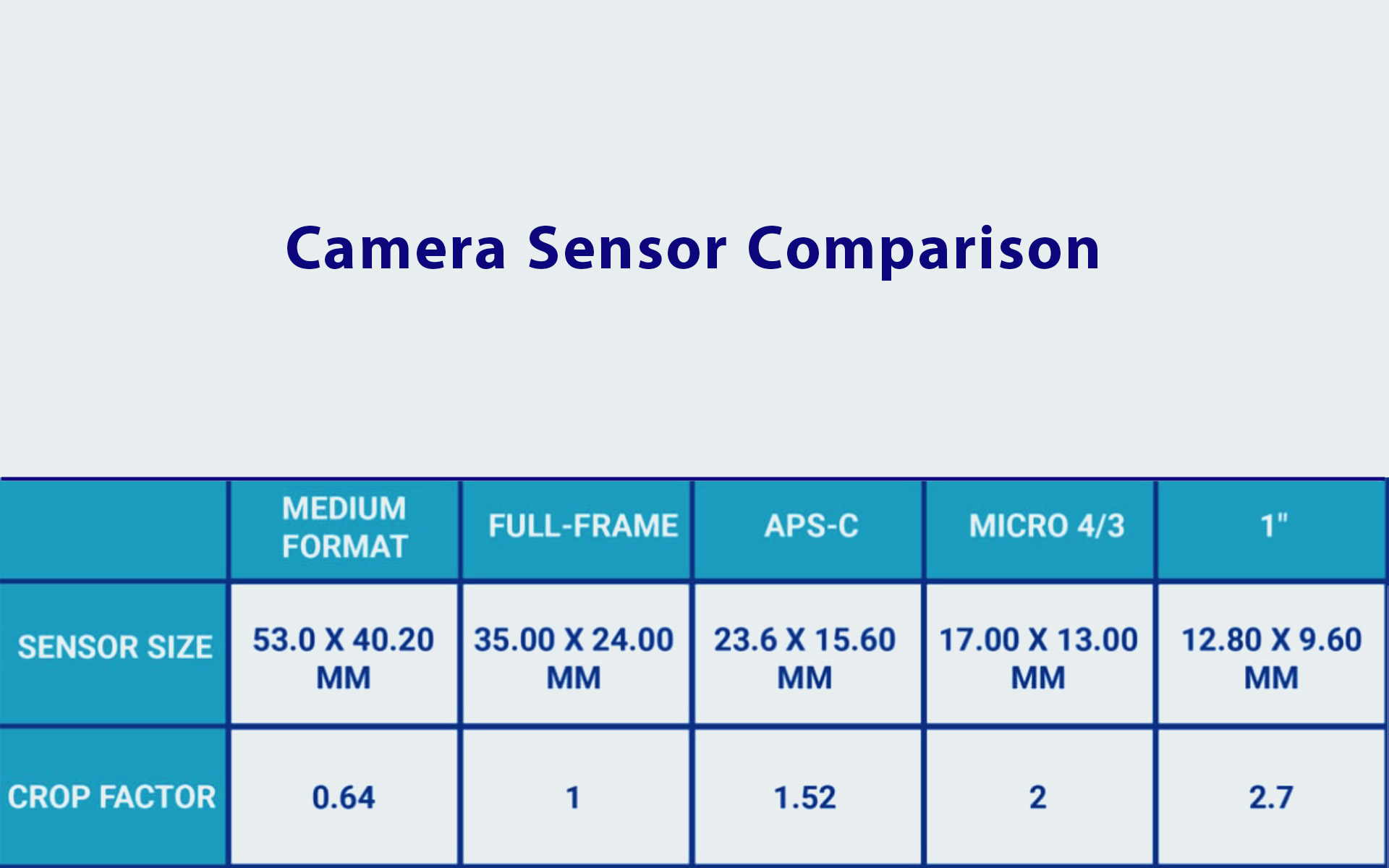
Large Format
Large format cameras are one of the earliest photographic devices used by professionals. The imaging format of 4×5 inches (102×127 mm) or larger is considered a large format and obviously covers more areas of imaging comparing to the medium format. What a large format sensor is famous for is having a higher resolution at the same pixel pitch, or the same resolution with larger pixels or grains. One of the examples of such cameras is the ARRI ALEXA LF Pro.
